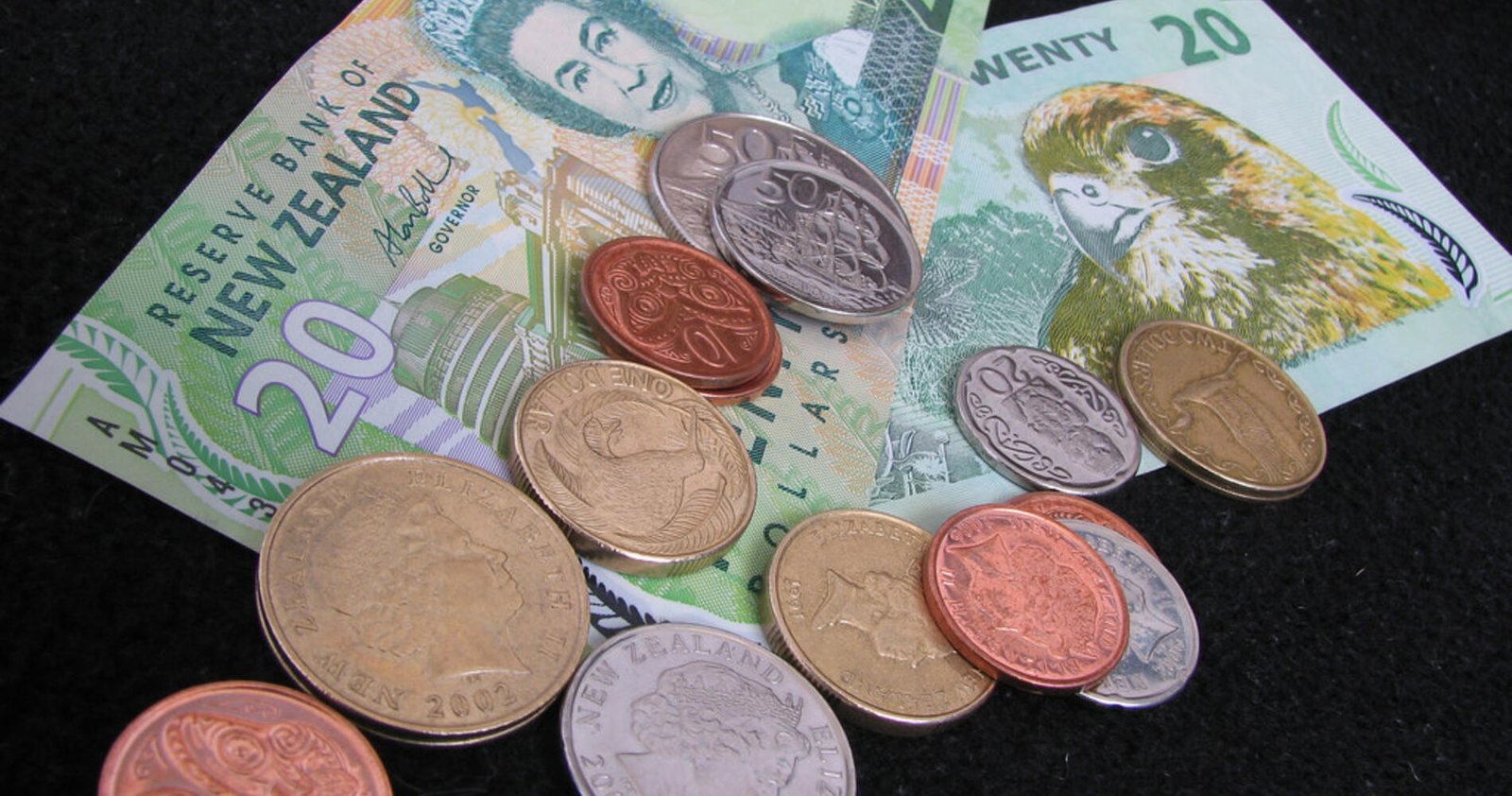EUR/USD Approaches 1.1800 as Fed Cut Chances Increase and French Political Uncertainty Dampens Eurozone
EUR/USD rose towards 1.1800 during Tuesday’s Asian session, its third straight day of advances, as the US Dollar dipped on hopes of a September Federal Reserve interest rate cut. Bets in the market are for a virtual 90% likelihood of a 25-basis-point cut with only a 10% chance of a bigger 50-basis-point reduction based on softer US employment data. Eyes now switch to pivotal US inflation reports, such as PPI and CPI, that may inform the Fed’s policy direction. Meanwhile, political tension in France following a confidence vote loss by Prime Minister François Bayrou puts pressure within the Eurozone, while most traders expect the European Central Bank to keep rates unchanged this week. KEY LOOKOUTS • Markets price in almost 90% probability of a 25 bps September reduction with 10% probability of an increased 50 bps adjustment. • PPI and CPI releases this week will play a crucial role in informing the Fed’s rate outlook. • Prime Minister François Bayrou’s confidence vote failure introduces new uncertainty in the Eurozone. • Market expects rates to be left on hold by the ECB but attention will be focused on guidance regarding future policy. EUR/USD maintained its strength on Tuesday, closing around 1.1780 as investors wait for the Federal Reserve’s decision in September, with markets heavily biased in favor of a 25-basis-point rate cut and even looking at a bigger move of 50 bps. The weakness in the US Dollar, driven by weaker jobs data, has helped the pair, and coming US inflation numbers, such as PPI and CPI, will look to guide the currency further. On the European front, the Euro came under political pressure as French Prime Minister François Bayrou lost a confidence vote, creating new uncertainty, although the ECB is universally anticipated to maintain rates unchanged in its next meeting. EUR/USD hovers around 1.1780 as bets for the Fed rate cut hammer the US Dollar, with markets looking for crucial US inflation numbers this week. Eurozone uncertainty is built in due to political instability in France, while the ECB is likely to maintain rates unchanged on Thursday. • EUR/USD posts third consecutive gain, hovering around 1.1780. • US Dollar loses ground as markets become more convinced of a September Fed rate cut. • CME FedWatch instrument indicates 90% probability of a 25 bps cut, with 10% probability of a 50 bps move. • Weaker US jobs data has lifted Fed easing expectations. • Traders look to US PPI on Wednesday and CPI on Thursday for policy signals. • French Prime Minister François Bayrou loses confidence vote, following political uncertainty. • ECB likely to leave rates steady, with attention to its forward guidance. The Euro is attracting support this week on the basis of expectations by traders for key policy and political developments on both sides of the Atlantic. In the U.S., the Federal Reserve meeting in September is the focus, where markets overwhelmingly expect an interest rate reduction on account of recent indications of weaker labor market performance. Investors are also preparing for a series of key inflation reports, such as the Producer Price Index and Consumer Price Index, that may provide new information on the Fed’s future action. EUR/USD DAILY CHART PRICE SOURCE: TradingView In Europe, markets are concerned with monetary policy and political unrest. The European Central Bank is expected to stand pat on rates at its next meeting, with traders watching its forecast for the remainder of the year closely. Meanwhile, France has moved into a state of uncertainty following the loss of a confidence vote by Prime Minister François Bayrou, which compelled President Emmanuel Macron to find a new chief. This combination of changing US policy expectations and Eurozone political uncertainty is directing the overall sentiment toward the Euro. TECHNICAL ANALYSIS EUR/USD is holding strong around the 1.1780 level, continuing its recent upward trend as buyers are in charge. The currency pair has stretched its winning sequence for the third consecutive session, with support at present in the 1.1750 area, and the next major resistance level prevailing around the psychological 1.1800 level. A decisive crossing above the same could pave the way towards higher gains, while a lack of momentum may ignite a sell-off towards near-term levels of support. FORECAST Should optimistic momentum prevail, EUR/USD may see through the psychological 1.1800 level, with the next resistance at 1.1850 being in focus for buyers. More optimistic Euro sentiment can be boosted if the Federal Reserve indicates an increased determination towards loosening or if US inflation numbers are softer than anticipated, boosting confidence in further cuts in interest rates. Conversely, inability to hold above 1.1780 levels may cause EUR/USD to drop back to the 1.1750 support zone, with further falls possible towards 1.1700 depending on market sentiment shifting towards the US Dollar. Reversals in US economic news or dovish cues from the ECB might put pressure on the pair and cap additional upside gains.







